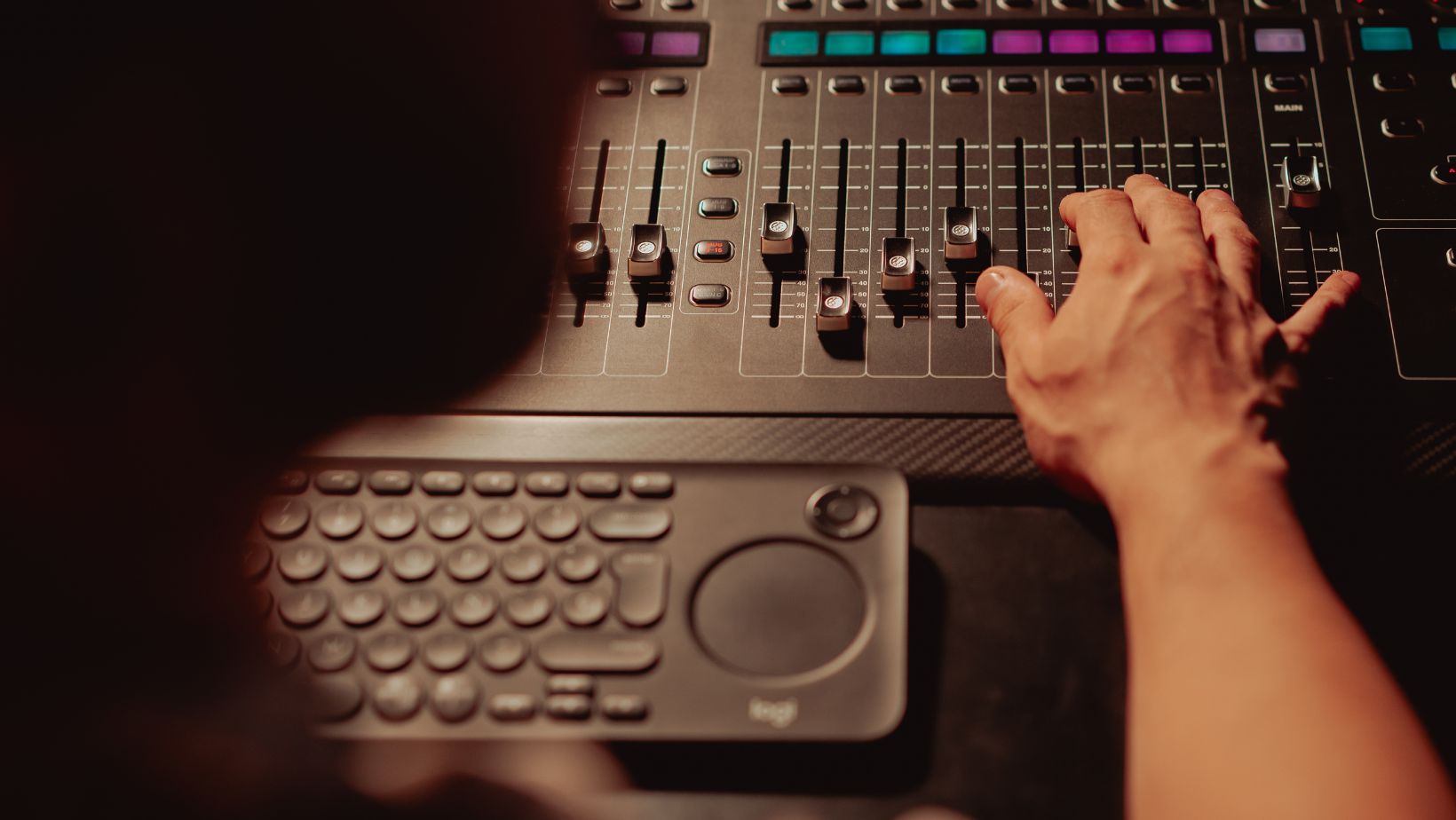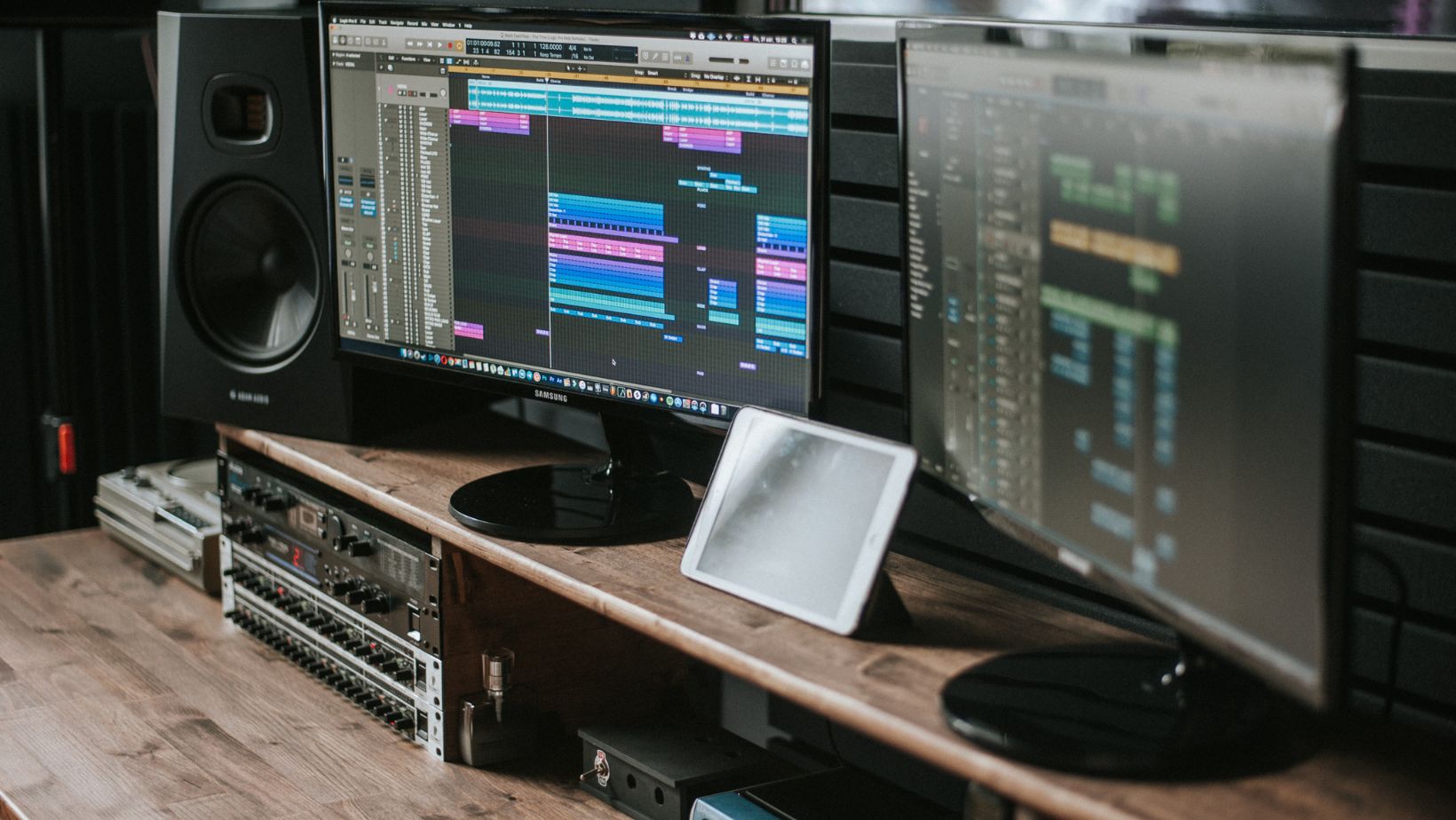Creating custom sound effects through synthesis represents one of the most powerful and creative aspects of modern audio production. Unlike working with pre-recorded samples, synthesis allows you to craft sounds that have never existed before, tailored precisely to your project’s unique requirements. This approach has become increasingly essential as content creators seek distinctive audio signatures that set their work apart from productions relying solely on commercial libraries.
The journey begins with understanding the fundamental building blocks of synthesized sound. Every sound, regardless of complexity, can be broken down into basic components: oscillators generate the raw tonal material, filters shape the frequency content, and modulators create movement and evolution over time. The art lies in combining these elements in ways that create believable and emotionally resonant results.
Subtractive synthesis forms the backbone of most custom sound effect creation. Starting with harmonically rich waveforms – sawtooth waves for aggressive textures, square waves for hollow or digital characteristics, or noise generators for percussive and atmospheric elements – you sculpt away unwanted frequencies using filters. This reductive approach mirrors how acoustic instruments naturally behave, making it particularly effective for creating sounds that feel organic despite their synthetic origins.
Table of Contents
ToggleAdvanced Synthesis Techniques for Realistic Effects
FM (Frequency Modulation) synthesis excels at creating metallic, bell-like, and impact sounds that would be difficult to achieve through traditional recording methods. By using one oscillator to modulate the frequency of another, you can generate complex harmonic structures that evolve dynamically. This technique proves invaluable for creating sci-fi weapon sounds, robotic voices, or the distinctive ping of supernatural phenomena.
Wavetable synthesis opens entirely new creative territories by allowing you to morph between different waveforms over time. This capability makes it particularly powerful for creating evolving ambient textures, transforming mechanical sounds, or building tension through gradual timbral shifts. The key to effective wavetable use lies in understanding how different waveforms contribute distinct harmonic characteristics to your final result.

Granular synthesis takes a completely different approach, reconstructing sounds from tiny fragments of audio material. This technique excels at creating textures that feel both familiar and alien simultaneously. You might start with a recording of breaking glass and transform it into an ethereal, sparkling atmosphere that retains the essential character of the original while becoming something entirely new.
Plugin Workflows and Creative Processing
Modern plugin environments provide unprecedented flexibility for custom sound design. The most effective approach involves building signal chains that combine multiple processing stages, each contributing specific characteristics to your evolving sound. Begin with your synthesis source, then shape it through a series of carefully chosen processors that enhance rather than overwhelm the original concept.
Distortion and saturation plugins add harmonic richness and perceived loudness, transforming simple synthetic tones into complex, engaging textures. But the key lies in understanding different types of distortion – tube saturation for warmth and musical harmonics, digital clipping for aggressive modern textures, or tape saturation for vintage character. Each type contributes distinct harmonic signatures that dramatically affect the final emotional impact of your sound.
Modulation plugins create the movement and evolution that separate professional custom effects from amateur attempts. LFOs (Low Frequency Oscillators) can automate parameters in rhythmic patterns, while envelope followers make one aspect of your sound respond to another. More advanced modulation includes step sequencers for precise rhythmic control or chaos generators for organic, unpredictable variation.
Spatial Processing and Environmental Integration
Reverb and delay processors don’t just add space to your sounds; they fundamentally alter their character and emotional resonance. Different reverb algorithms simulate specific acoustic environments, from tight rooms to massive caverns, each contributing unique coloration to your synthetic elements. The choice between algorithmic and convolution reverbs can dramatically affect whether your sound feels synthetic or naturally recorded.
Creative delay processing goes far beyond simple echoes. Multi-tap delays create complex rhythmic patterns, while filtered delays emphasize specific frequency ranges in the repetitions. Ping-pong delays create wide stereo effects, while reverse delays build anticipation before impact sounds.
Layering Synthetic Elements with Organic Sources
The most convincing custom sound effects often combine synthetic elements with carefully chosen organic recordings. This hybrid approach allows you to benefit from the precision and consistency of synthesis while adding the natural irregularities and harmonic complexity that make sounds feel real. You might synthesize the fundamental attack of an explosion while layering in real recordings of debris falling or air displacement.
Success in this hybrid approach requires careful attention to frequency separation and dynamic relationships. Your synthetic elements might occupy specific frequency ranges, leaving space for organic recordings to fill complementary areas. This separation prevents masking while creating a cohesive final result that sounds more complex than either element alone.
Advanced Sampling and Manipulation Techniques
Contemporary sound design increasingly blurs the line between synthesis and sampling. Techniques like time-stretching, pitch-shifting, and spectral processing allow you to transform recorded material so dramatically that it becomes raw material for further synthesis. While resources like https://www.prosoundeffects.com/ provide excellent starting points, the real creativity emerges when you process these elements beyond recognition.
Granular resynthesis takes this concept further, analyzing existing recordings and reconstructing them with completely different characteristics. You might analyze the spectral content of a breaking wave and use that analysis to drive a synthesizer, creating something that maintains the essential rhythm and energy of water while sounding entirely artificial.
Building Your Custom Sound Design Workflow
Developing efficiency in custom sound design requires establishing repeatable workflows while maintaining creative flexibility. Template projects with pre-configured synthesis chains accelerate your initial setup while leaving room for experimentation. Document your most successful techniques and parameter ranges, building a personal library of approaches that can be adapted to different projects.
The ultimate goal transcends technical proficiency to achieve sounds that serve your narrative while maintaining a distinctive creative voice.






